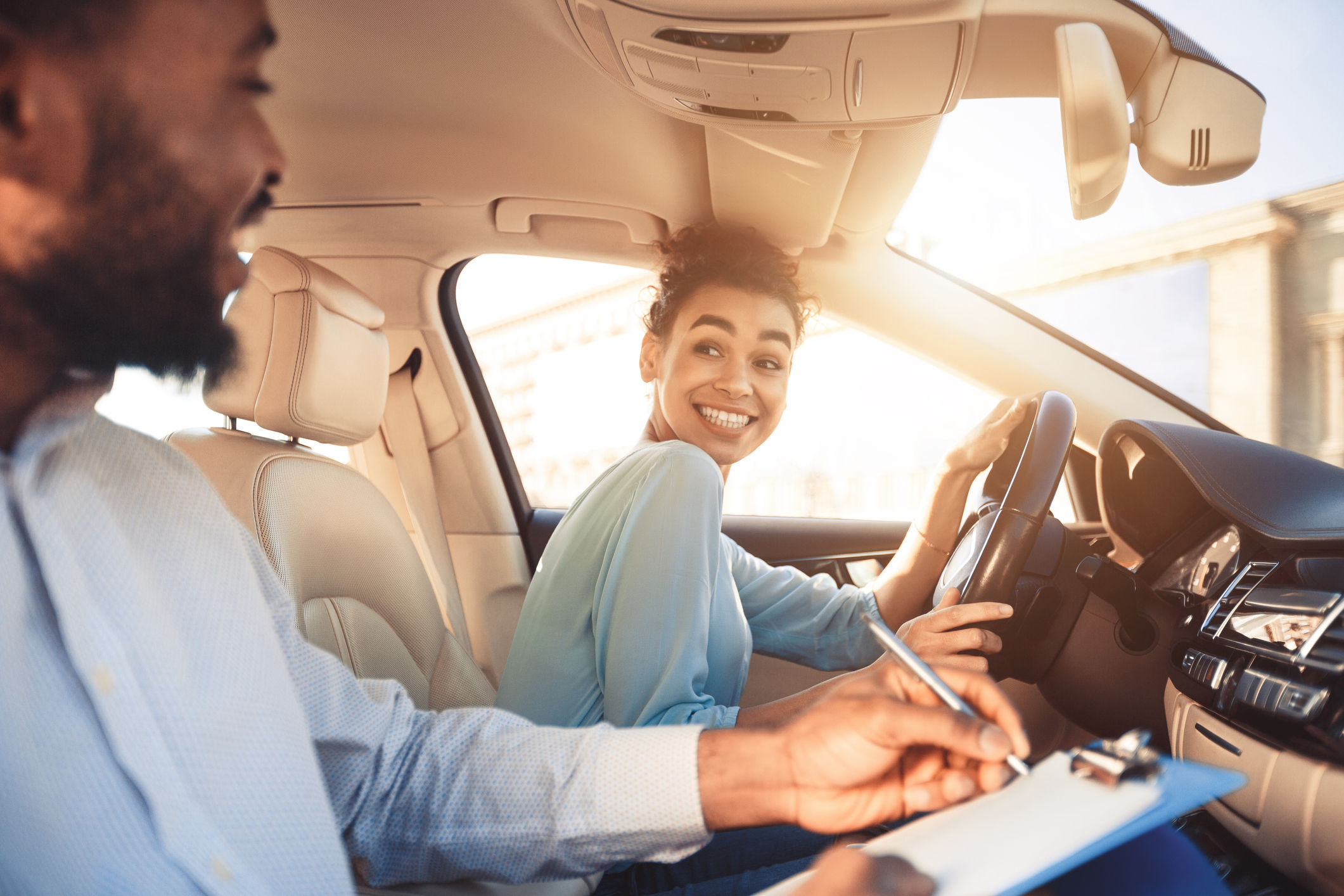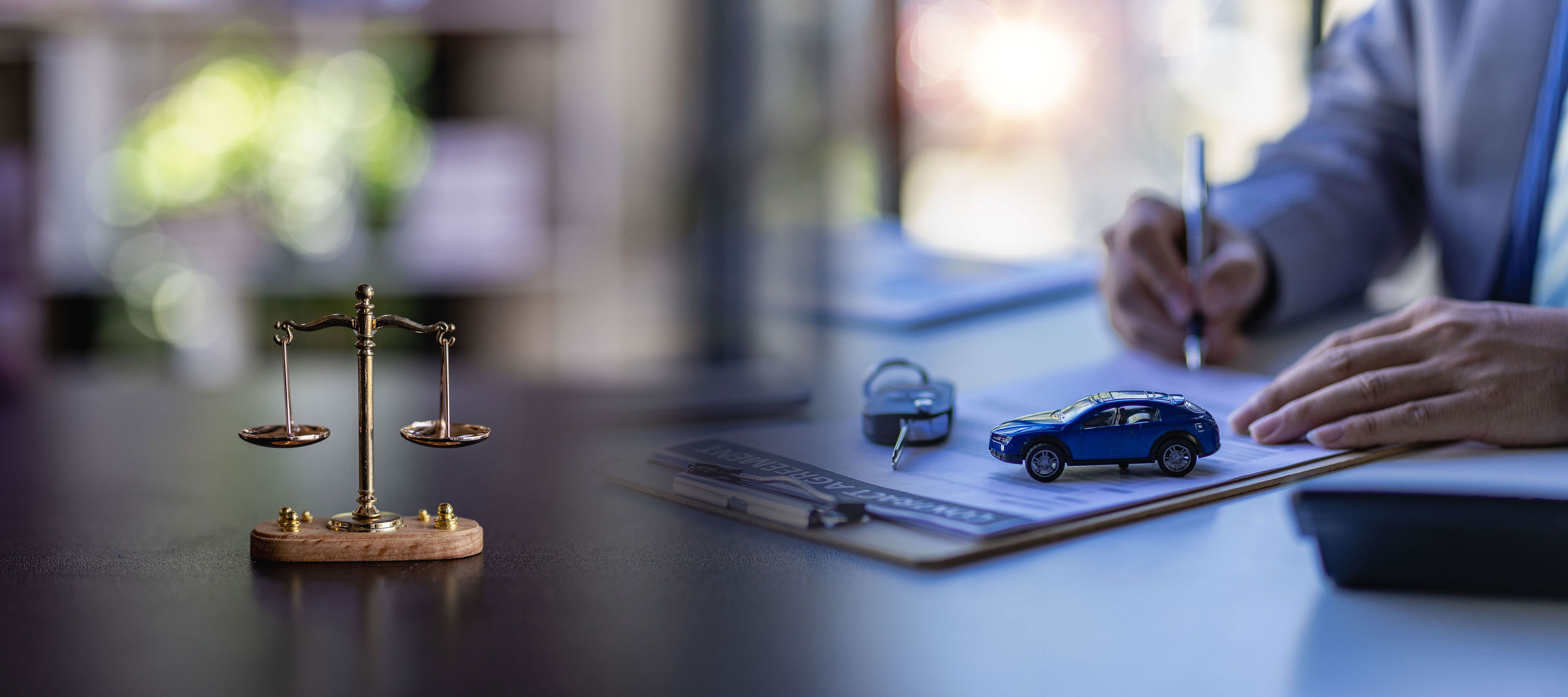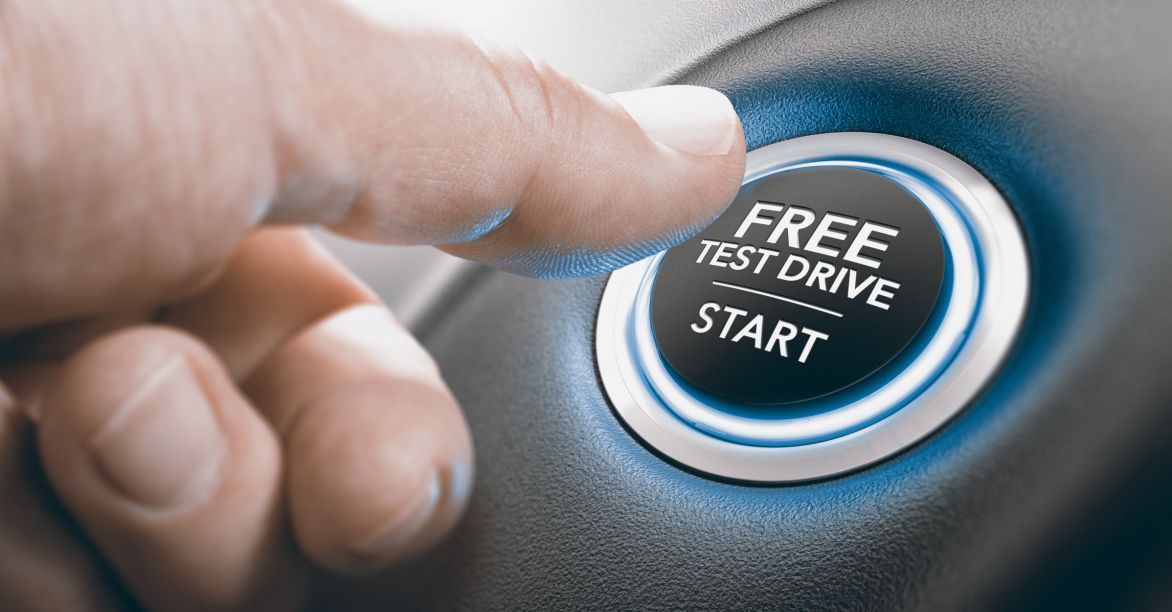Test Drive Like a Pro: Unveiling the Secrets South African Car Buyers Need to Know
Test driving a car is an important part of deciding if you want to buy it or not. By taking a car out for a spin, you’ll get to know your prospective ride, get a sense of how it handles and have the opportunity to see how you feel behind the wheel. We look at what you need to do to get the most out of your test drive, including the test drive tips that work.
Taking a vehicle for a test drive provides a brief but important opportunity for car buyers to, conduct a full car assessment. From gearing up for the drive itself to getting the most mileage out of the session and parking that all-important informed final decision, the vehicle test drive is a limited-time chance to make a call on your next set of wheels.
Introduction
With so many different car options on the table and a wide range of used and new cars available for car buyers in South Africa, test-driving a vehicle – especially a used vehicle – is a no-brainer. Whether you’re deciding between the final two hot hatch contenders or are still trying to see if you can even drive that double cab bakkie, the test drive will answer questions your dealership, the ad’s specs, and YouTube reviews just won't.
Besides, test drives can be fun. You get to put the car through its paces, getting a feel for the wheels while thoroughly evaluating what could likely become your next vehicle. Test drives can be set up with the dealership quickly and easily. All you need is a time, a date and a valid driver’s license.
Planning your test drive for success
Unless you have time to take multiple cars out for a bunch of spins over a couple of weeks, you’ll need to plan ahead to get the most out of your vehicle test drive. This means doing your homework beforehand and knowing what to look out for once you’re behind the wheel.
Do your research
Before even heading over to the dealership, you’ll need to know which car you’re looking to buy. If you’re searching for a large family-friendly SUV that can hold the kids and all their stuff, test-driving a small hatchback won't be all that helpful. Likewise, if you’re on the hunt for a high-performance luxury sedan, you'll avoid testing out bakkies and minivans.
Conduct due diligence before the actual car assessment. Review the car’s features, check its specs, and browse through some online car reviews before making your booking.
Know what you’re there for
Are you trying to see if the car is in good shape, how it handles, or if you’re comfortable in it? Or all of the above? Understanding why you’re testing the car out will help you focus on the important things once you’re behind the wheel.
Make a list of the most important vehicle factors to you and check them off while you’re on the vehicle test drive. Use this checklist to get started.
Schedule your test drive
Once you’ve picked the car you want to evaluate, researched it and are ready to go, it’s time to schedule your test drive. You can do this by contacting the dealership directly or booking using the online feature.
Think about scheduling your test drive during off-peak traffic times to allow you to focus on the car better and ask about where you’ll be driving it. Find out if you need any insurance cover, and remember to bring your driver’s license along with you.
Mastering the test drive experience

Once you’ve lined up your test drive, it’s important to optimise the time you have with the car. By mastering your test drive experience, you’ll get to take care of all the essentials while enjoying an informative, relaxing experience.
Follow these steps to ensure you get the most out of your test-driving experience.
-
First impressions matter
The test drive begins once you arrive at the dealership, not when you get behind the wheel. Pay attention to the exterior of the car. Observe its overall condition and note what appeals to you most. Do you like the colour? Is the vehicle what you expected? Does it look like it’s been taken care of? Mention any noticed scratches, damage, leaks or marks on the car to the dealer to ensure they know that you’ve spotted them.
Once you’re inside the car, think about how you feel. Are you comfortable? Is the cabin roomy enough for you? Are the seats in good shape? How’s the smell? Remember that you might be spending a lot of time in the car, so don’t be hasty here.
-
Getting behind the wheel
Once you’re ready to head off on your vehicle test drive, get comfortable and secure behind the wheel. Check the seatbelt, adjust the seat, mirrors and steering wheel and familiarise yourself with the layout of the controls.
Make sure that you’re comfortable and able to drive the car well. After all, you don’t want to put yourself or your passenger at risk on this test drive.
-
Assess the key areas
Next, you’ll want to focus your car assessment the most important areas of the vehicle. As you start the car, listen and feel. Note how long the engine takes to start, feel if there are any suspicious vibrations on the pedals, gearstick or steering wheel, and keep your eyes peeled for any warning lights on the dash.
Run through the features and highlights of the car that you put on your ‘vehicle factors’ list and make notes of anything unexpected or surprising. Test out the aircon, browse the infotainment system, and inspect storage spaces. Note and evaluate legroom, headroom, and overall comfort for all passengers.
-
Checking out performance and handling
Time to head on out. But before you do, discuss with the dealer or seller the route you'll be taking. Try to find ways to test out different driving scenarios involving both city streets and the highway, hills and turns, and somewhere you can really get the revs up.
Then, once you’re on the road, test acceleration and braking, cornering and general handling by asking the car to do a little extra (but not too much) work. Always be safe and alert your passengers if you’re going to be accelerating quickly or braking harder than usual.
Pay attention to noise inside the cabin. Note any unusual automative sounds and check for overall drive smoothness. Look at how well the transmission responds and make sure all of the car’s critical systems are working properly.
-
“Feeling” the drive
As you return to the dealership and after evaluating the car’s performance, shift your attention to the drive “feeling”. This means relaxing a little and assessing how the car makes you feel. Are you enjoying driving it? Do you like the car's character, and does being behind the wheel make you feel confident and happy?
This is an important aspect of the vehicle test drive. Many people end up focusing only on the technical aspects of the car, ignoring what it’ll be like actually driving it for months or years ahead.
-
Don't be afraid to ask questions
Before, during and after the test drive, don’t hesitate to ask the salesperson detailed questions about the car. This includes querying the car’s history, maintenance records, and warranty coverage. Not only will this tell you if the dealer knows enough about the car to sell it to you, but it will also provide you with critical decision-making information.
Remember, buying a used car is a big commitment, and the more you know about your potential purchase, the more informed decision you’ll be able to make.
Beyond the test drive: Making an informed decision

Once you've wrapped up the test drive and have all the information you need from this trial run, it's time to make a decision. Here are some important pointers that will help you make the right choice based on the insight you've gathered as a car buyer.
-
Take notes – Making notes about your car assessment will help you to remember all the finer details you might forget. When the time comes to make a final call, you can go back to your notes for more information.
-
Don’t just do one test drive - Test-driving more than one vehicle will help you decide if the one you’re most interested in is really worth it or not. Multiple test drives of different vehicles will allow you to compare different makes and models.
-
Trust your instincts – If it just doesn’t feel right, walk away. Chances are that your gut is telling you something is wrong with the car or that this isn’t the one for you.
-
Don’t be afraid to come back – You can always ask the dealership for a second spin. Depending on their policy, you may have multiple test drives to make 100% sure you want to buy the car. Just don’t wait too long!
-
Don't feel pressured to buy – Take your sweet time. This is a big decision. Also, don’t let the salesperson or car dealer pressure you into buying. A good seller will always allow you the time and space you need to make your choice.
-
Be safe – Finally, be careful. Driving a car you’re unfamiliar with can be risky. Buckle up, only take a test drive if you know how to drive and only get into the car with a certified dealer or seller.
Test driving your way to a new car!
Test driving is a critical part of your car-buying journey. Getting behind the wheel of a potential new car empowers you to evaluate and examine things for yourself instead of relying on information provided by other automative-related parties.
Mastering your test drive lets you, as a car buyer, answer all the questions you have, and with good preparation, you won’t leave anything out. This will aid you in making an informed decision while helping you avoid any dodgy deals or low-quality used cars.
At Auto Pedigree, we encourage all our car buyers to test drive our cars before making a commitment, Schedule your test drive today! Book through your local dealership and get behind the wheel of the car of your dreams.

